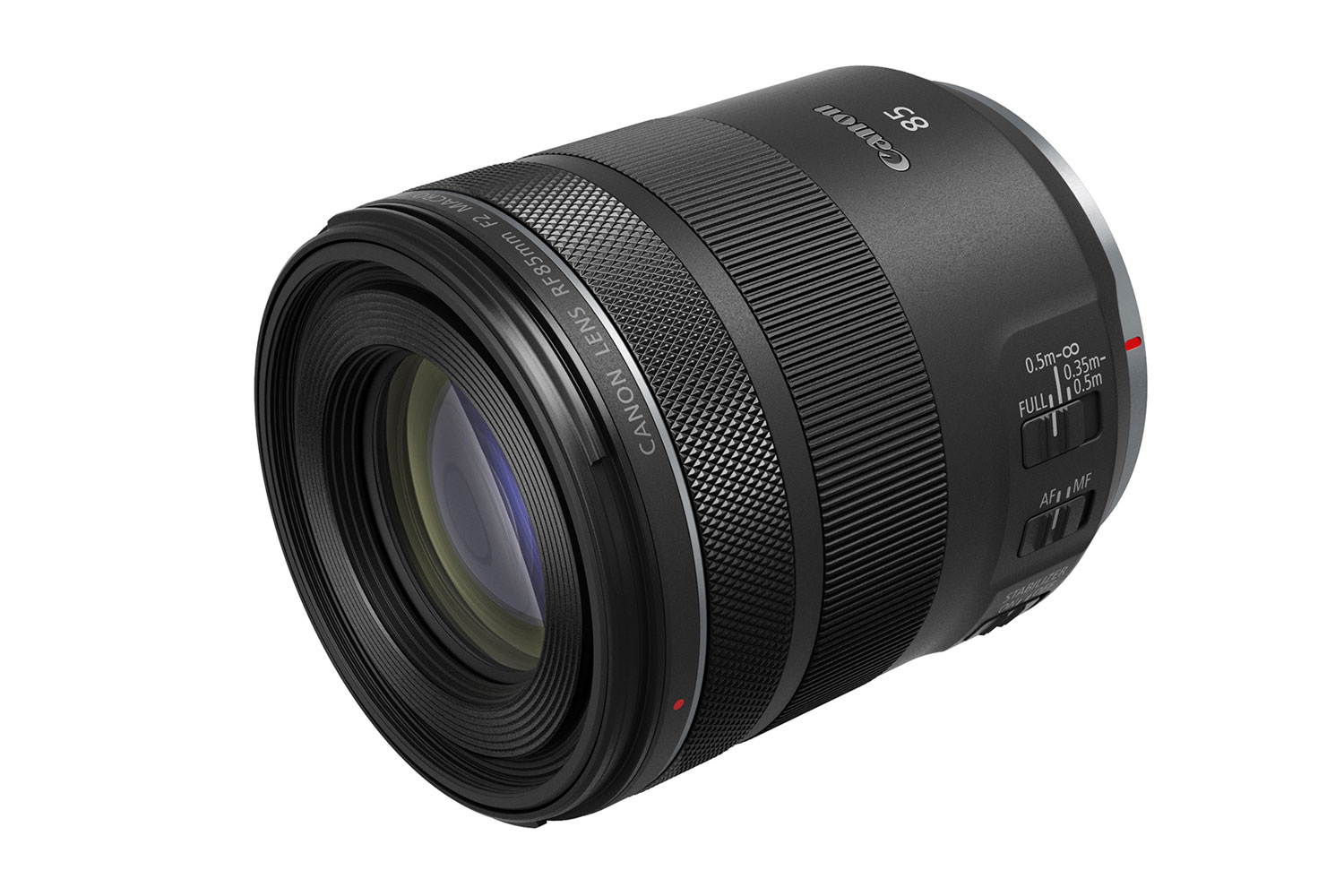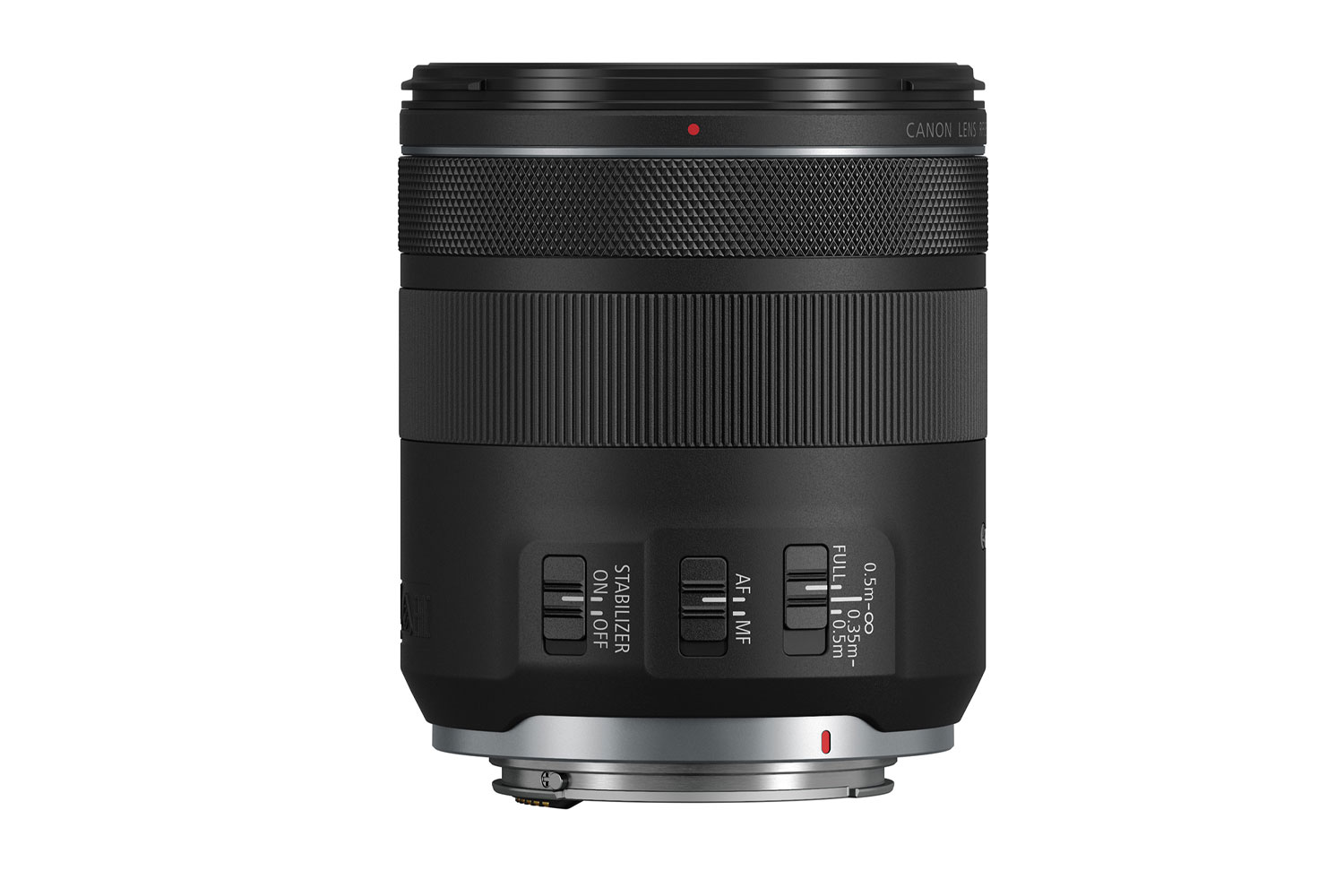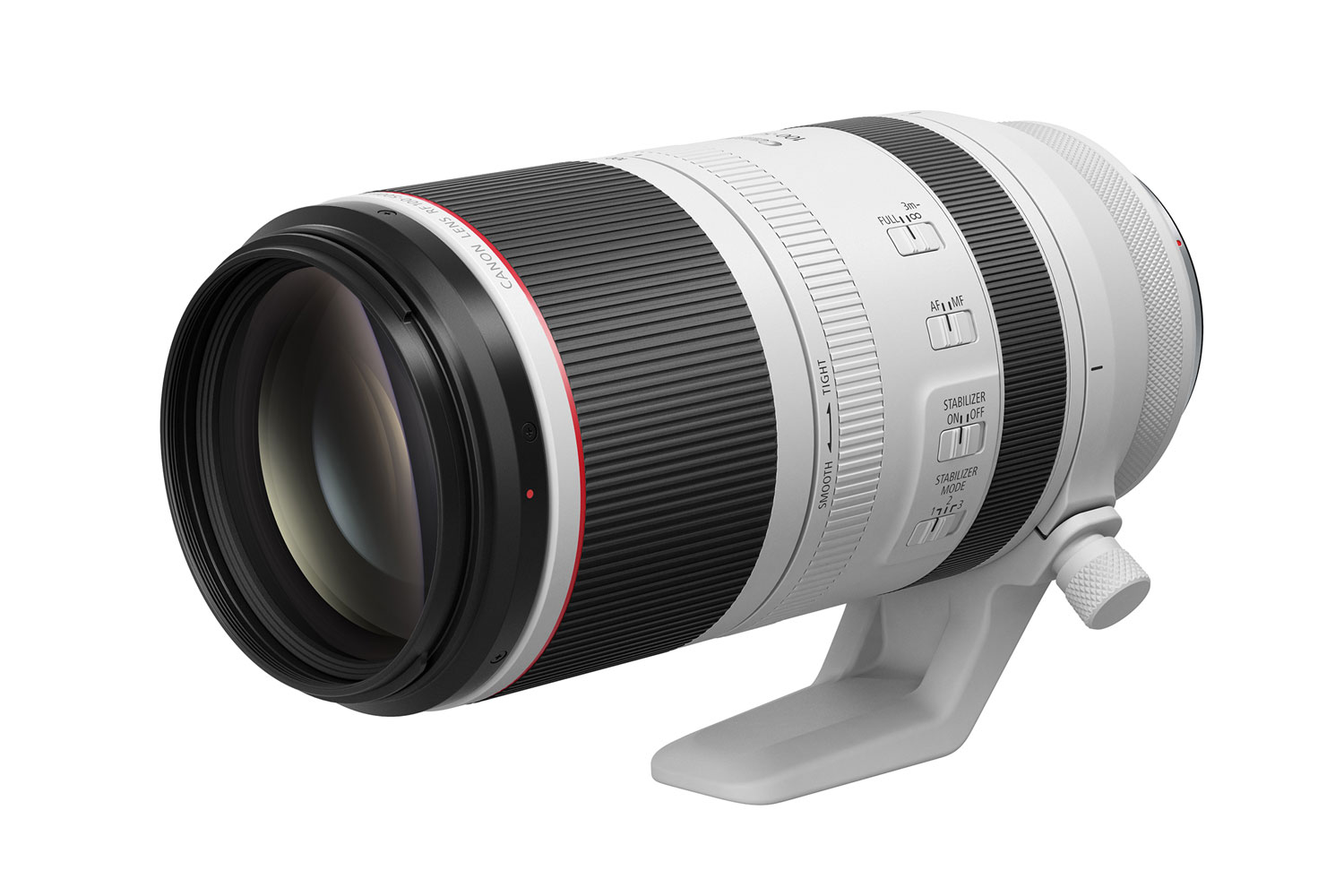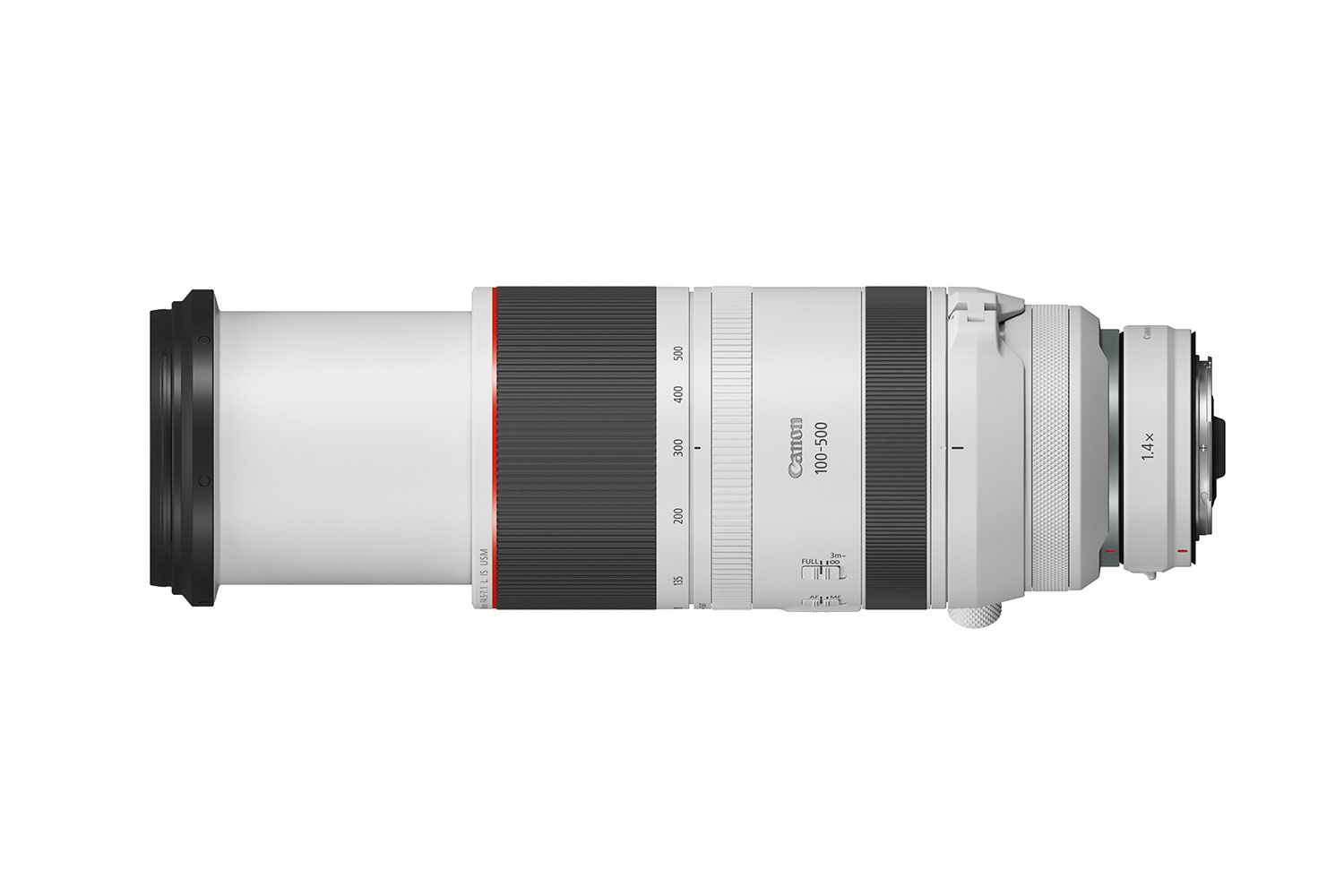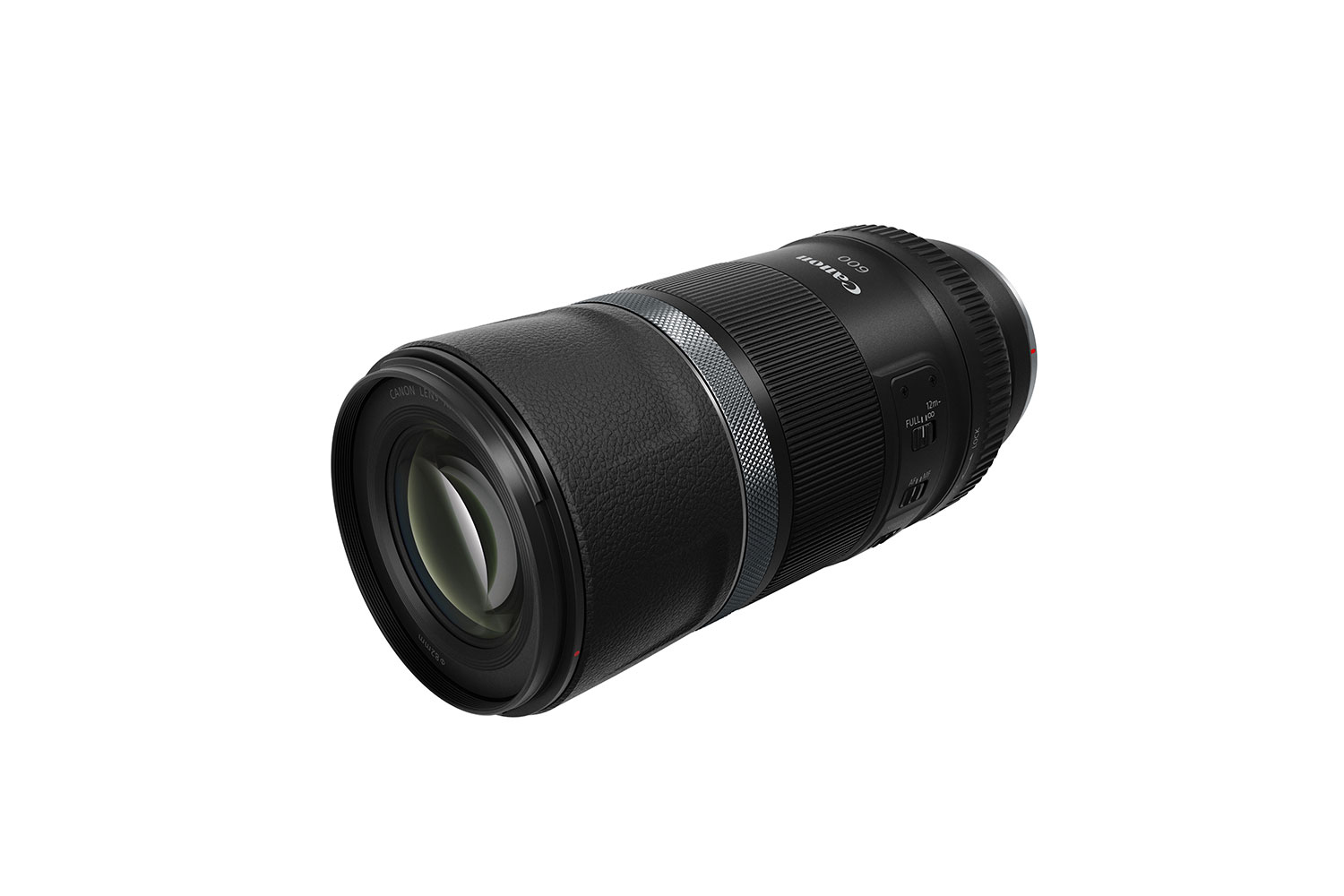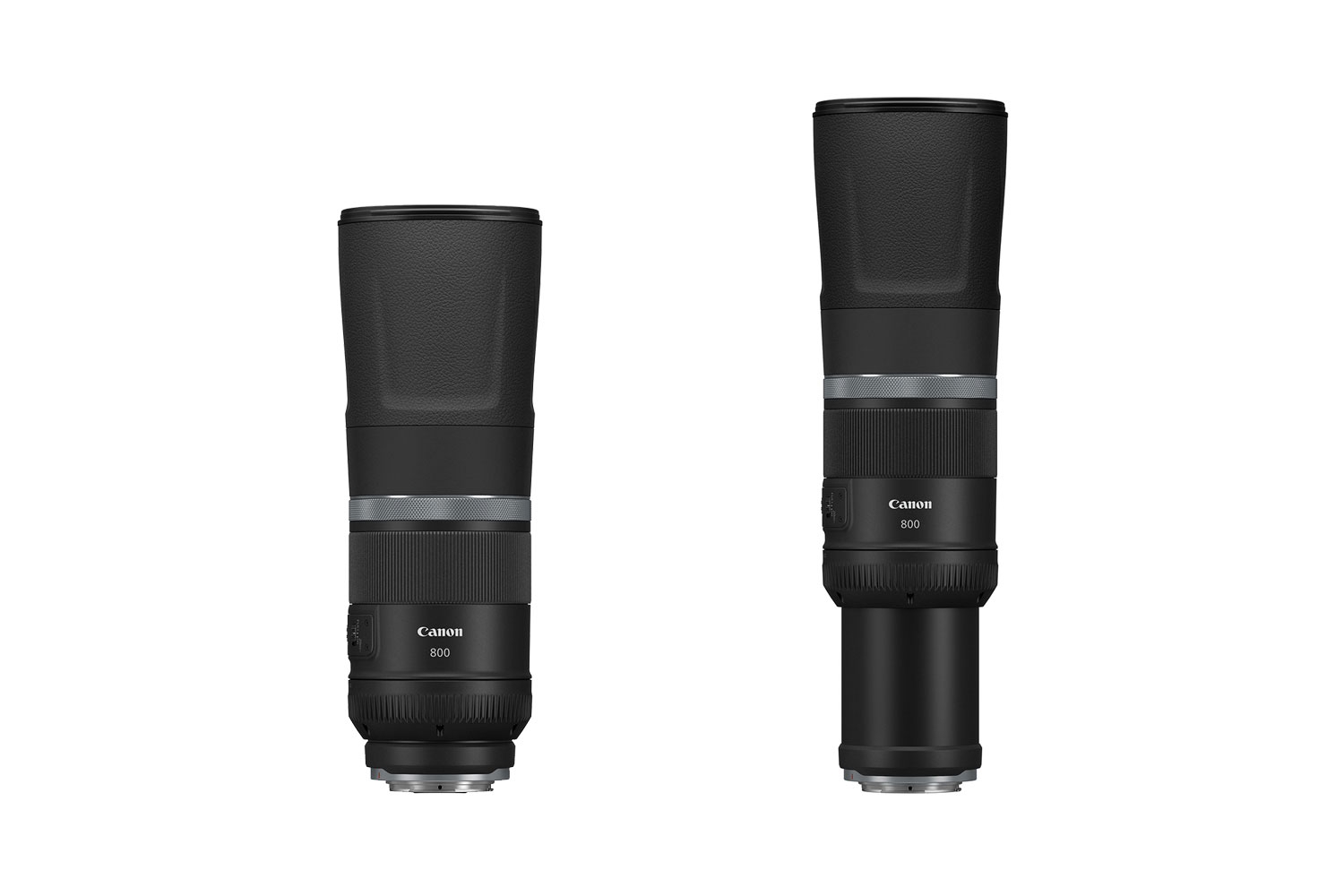Canon’s new RF lenses bring a desperately needed feature to its mirrorless EOS R system: Affordability. The four lenses announced on Thursday, July 9, are the RF 85mm f/2 Macro, RF 100-500mm f/4.5-7.1, and two unique telephoto primes with fixed f/11 apertures, a 600mm and an 800mm.
Of these, the $600 85mm f/2 is probably the least interesting, but also the most important. This is just Canon’s second sub-$1,000 RF prime lens, joining the 35mm f/1.8, and precisely the type of lens that I have argued full-frame mirrorless systems need. Compared to Canon’s unwieldy, $2,700 RF 85mm f/1.2, it is small, lightweight, and — most importantly — attainable.
This lens should be a good match for any EOS R-series body, but particularly for the low-cost EOS RP, which until now lacked an equally affordable portrait lens to go with it. With optical stabilization, the 85mm is also one of the lenses that will achieve the maximum 8 stops of shake reduction when paired with the EOS R5 and R6 camera bodies, also announced today. The 1.15-foot minimum focus distance that delivers 0.5X magnification — not quite a true macro, but close — is really just icing on the cake.
On the downside, photographers will have to wait to get their hands on it, as it doesn’t ship until October.
The three remaining lenses from today’s announcement all concern super-telephoto performance. The RF 100-500mm f/4.5-7.1, coming in September, feels like the spiritual successor to Canon’s 100-400mm lenses that it has made for DSLRs for over 2 decades. It’s also the one lens that bucks the affordability trend of today’s announcements, coming in at $2,699. Still, it’s the cheapest way for R-series photographers to hit 500mm in a zoom without an adapter.
While it’s a variable-aperture, externally zooming lens, it is still a high-end option targeting professionals. It is weather-sealed, optically stabilized for 5 stops of shake reduction on its own, and uses two ultrasonic motors to power the autofocus system. It is also compatible with two new teleconverters also announced today, the RF Extender 1.4X and 2X ($500 and $600, respectively), for even more reach.
The small maximum aperture of f/7.1 on the telephoto end may be worrisome to some potential customers — particularly on a nearly $3,000 lens — but given how good Canon’s Dual Pixel Autofocus is, even at small apertures, this probably won’t be a huge problem in terms of usability. Low-light performance is another issue, but this is obviously a lens designed for outdoor daylight photography.
Surprisingly portable super-telephotos
Building an affordable super-telephoto lens is no easy task. If reducing the maximum aperture (which, in turn, reduces the overall size of the lens and amount of glass needed to produce it) is one way to reduce cost, then introducing a completely fixed aperture can surely lower costs even further. That’s the approach Canon took with the new RF 600mm and RF 800mm lenses, available at the end of July, both of which feature a fixed f/11 aperture — it can’t open any wider, but it also can’t close down any smaller.
In the DSLR world, it’s common for autofocus to simply stop working — at least reliably — at apertures smaller than f/8. But mirrorless has changed this. Both of these lenses are compatible with Canon’s Dual Pixel Autofocus, although only the central region of focusing points will be active.
At just $700 for the 600mm and $900 for 800mm, these lenses create a new entry point for super-telephoto photography. Still, I expect they will cause a bit of a stir in the photography community. After all, you can pick up a Sigma 150-600mm f/5.0-6.3 for under $1,000 and get both a much wider aperture and zoom functionality (although I expect the Canon lenses, as primes, will be sharper). Sure, you’ll need an EF-RF mount adapter, but when you’re already dealing with such a huge lens, the extra bulk of an adapter isn’t a big deal.
But that’s the thing: While the Sigma zoom weighs 4.3 pounds, the RF 600mm and 800mm f/11 are built to be lightweight. They use diffractive optics, which reduce the overall number of elements needed, and feature retractable barrels to shorten the length of the lens when not in use. The 600mm weighs just 2 pounds and measures under 8 inches when retracted. The 800mm is 2.8 pounds and 11 inches. The narrow, fixed aperture isn’t just about cutting costs — it’s about making these things portable (which was the original goal of mirrorless camera systems in the first place).
For some additional perspective, consider that Canon’s EF 800mm f/5.6 lens is over 18 inches long, weighs nearly 10 pounds, and costs $13,000.
Despite the emphasis on size and weight savings, Canon still managed to fit optical image stabilization into both the 600mm and 800mm. It’s good for 5 stops of shake reduction on the 600mm and 4 on the 800mm, or likely more when paired with the new EOS R5 or R6 cameras, which have in-body stabilization. More surprisingly, both lenses are also compatible with teleconverters. Using the RF 2X converter, they become 1,200mm and 1,600mm lenses, respectively, with f/22 apertures. And, yes, autofocus will still work at f/22.
EOS R grows up — and down
The lenses Canon revealed today represent an important step in the evolution of the still-young EOS R system. It’s taken a couple of years, but Canon has figured out how to expand beyond purely aspirational lenses.
It may, then, feel a bit out of place that these lenses arrived alongside the announcement of Canon’s most expensive mirrorless camera body yet, the EOS R5, but I’m happy to see Canon is growing in both directions, giving professionals what they’ve asked for while also providing options for the rest of us at the lower end of the market. The events may have played out in a weird order, but EOS R has nevertheless arrived at an expanded portfolio of products that finally make it look like a complete system.
